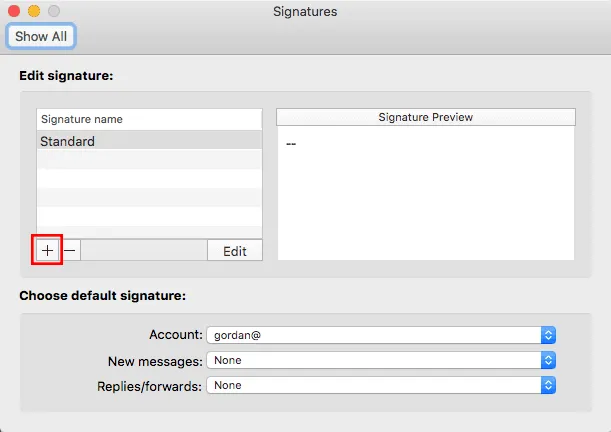
Most digital signatures rely on an audit trail to ensure that the person who signs the document is the intended signer. These signatures are considered equivalent to or better than traditional, handwritten signatures.įor businesses and legal documents, this additional layer of security provides defense against repudiation, the ability to deny the validity of a document or contract. Digital signaturesĭigital signatures use additional technology to ensure that the document is authentic and the parties signing it can be identified. When signing documents for legal or business purposes, we recommend using more secure formats for additional protection. While they may look the same, a physical version of your handwritten signature is considered more authentic and realistic. However, in most cases, this type of signature does not carry the same legal weight as your handwritten signature when signed to a printed document. In many situations, this kind of signature will serve its intended purpose and will accurately represent that you have signed a document. It can be created using a mouse, trackpad, or stylus and can be inserted into a document using the native tools on your Mac. Simply put, this is an electronic version of your handwritten signature. When you create an electronic signature on your Mac, this is exactly what you’re creating. What is an electronic signature?īriefly, some electronic signatures are more than just a digital version of your handwritten signature.Īt a fundamental level, most legal definitions define an electronic signature as a “ sound, symbol, or process” that is logically associated with a contract and the person who intends to sign it.įrom a legal perspective, this is key because of how signatures are determined to be valid around the world. Let’s take a quick look at how e-signatures work, whether creating an electronic signature on your Macbook is the best idea, and what other alternatives are available to you. However, while it’s possible to add signatures with Apple apps and tools, there are potential legal ramifications when you sign documents in this way.
ADD SIGNATURE OUTLOOK MAC PDF
ObjMsg.HTMLBody = Replace(objMsg.HTMLBody, strAtt, "cid:" & EmbAtt.Apple Macs are one of many popular digital devices used during the electronic signature process.īecause most Macs run macOS (formerly OSX), the signing process is generally similar whether you’re adding signatures to PDF forms or inserting signatures through Apple Pages or Microsoft Word. If InStr(1, objMsg.HTMLBody, strAtt, vbTextCompare) > 0 Then Attachments.Add(strSigFilePath & Replace(strAtt, "/", "\"))
HTMLBody = "Something here.
" & strBufferSplitAtt = Split(strBuffer, "src=""",, vbTextCompare) Set objSignatureFile = objFSO.OpenTextFile(strSigFilePath & "Oliv.htm") StrSigFilePath = enviro & "\Microsoft\Signatures\" Public Sub CreateMessageSignatureWithImage()ĭim enviro, objFSO, strSigFilePath, objSignatureFileĭim strAtt, SplitAtt, EmbAtt As Attachment It is useful if the signature contains images. The behavior is different if we run the macro from Excel, in this case we can just use DoDefaultAction, but not when we run it from OUTLOOK ! Sample macros that insert stationary files into new messages are atĬreate a New Message using an HTML File or Stationeryįirst: You will need macro security set to low during testing. Myreply.HTMLBody = " " & strBuffer & myreply.HTMLBody Set oBookmark = olDocument.Bookmarks("_MailAutoSig")

You will need to set a reference to the Microsoft Word Object Library in Tools, References. You will be able to insert another signature manually. After using this macro, the signature bookmark is removed and you will not be able to change the signature automatically. This macro removes the default signature and adds a new one. If you are creating a new message or not keeping the message body, you can insert an HTML signature directly into. If you need to change a signature in a reply, you will need to remove the signature that was added automatically and insert a new one. Set objMsg = Application.CreateItem(olMailItem)

Set objSignatureFile = objFSO.OpenTextFile(strSigFilePath & "My Sig.htm") ' Edit the signature file name on the following line Set objFSO = CreateObject("Scripting.FileSystemObject")


 0 kommentar(er)
0 kommentar(er)
